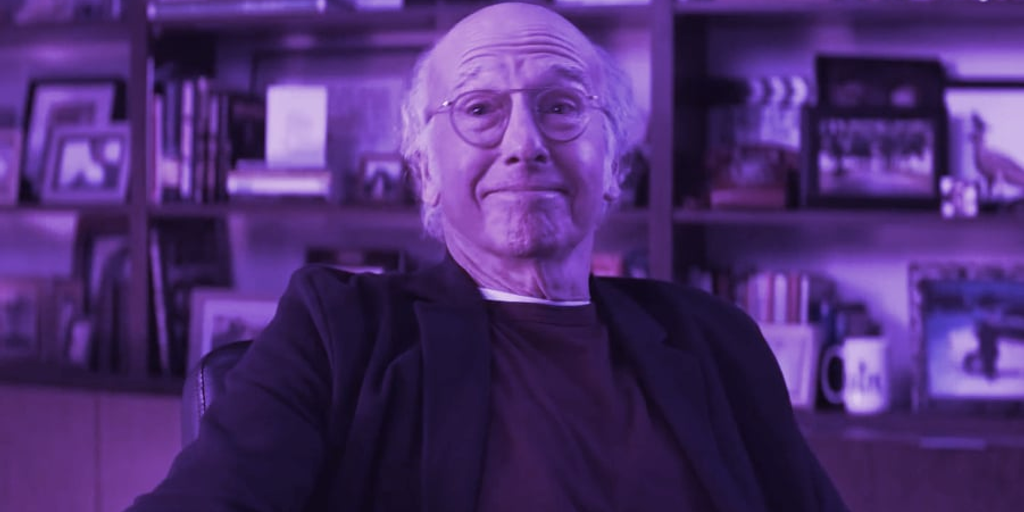Search
By Stephen Graves
Dec 27, 2022Dec 27, 2022
5 min read
2022 was the year crypto broke into the mainstream like never before—for good or ill.
Early in the year, amid the heady rush of the bull run, many crypto companies seized the opportunity to promote themselves with splashy, high-profile ad campaigns costing millions of dollars.
In retrospect, it was the high before another crash, with many of those advertisements having aged spectacularly badly following the crypto decline later in the year. Still, some of the ads that made it to screens and billboards point to the promise of NFTs in advertising, with brands showcasing DAO partnerships and Bored Ape buys. Here are some of the most memorable.
After much speculation and build-up, NFT project Nouns scored a blink-and-you’ll-miss-it appearance in Bud Light’s Super Bowl commercial.
For most viewers, the brief glimpse of Nouns’ iconic pixel-art glasses probably passed unnoticed—but for members of the Nouns DAO it was a big deal; the NFT “product placement” came about after the DAO voted to gift the beer brand with its own Nouns NFT. It’s an intriguing glimpse into the future of how decentralized autonomous organizations might team up with legacy brands to benefit both.
LIVE in Times Square #NYC #EarthDay2022 #greencrypto pic.twitter.com/R5eI3cklhZ
— Algorand (@Algorand) April 22, 2022
For Earth Day 2022, Algorand took aim at one of the oft-repeated criticisms of blockchain—that it harms the environment. The Algorand Foundation took over Times Square’s digital billboards to promote its “carbon-negative blockchain” and tout its sustainability credentials, before switching off those billboards—saving some 23.4 billion joules of energy.
That, the Foundation claimed, would be enough to power two weeks’ worth of operations on Algorand’s proof-of-stake blockchain, and some 350 million transactions—versus 1.5 seconds of the proof-of-work Bitcoin network’s operation, and six transactions.
Following the spectacular collapse of crypto exchange FTX, its slew of high-profile ads from earlier in the year have attracted renewed attention. In particular, its Super Bowl ad, featuring “Curb Your Enthusiasm” star Larry David, looks eerily prescient in retrospect. In the ad, David plays a succession of historical figures who dismiss great inventions out of hand, before shifting to the present day. Presented with FTX, billed as a “safe and easy way to get into crypto,” David says, “Nah, I don’t think so.”
If only people had taken him seriously; now he’s been named in a class-action lawsuit alongside other celebrities who promoted the doomed exchange.
In 2021, sportswear brand Adidas bought a Bored Ape NFT, which it named Indigo Herz and promised to make the centerpiece of its metaverse ambitions. Because Bored Ape Yacht Club creators Yuga Labs bestow IP rights upon the owners of their BAYC NFTs, Adidas can use its ape across products, merchandise—and advertisements.
Indigo Herz pops up on the front of a cereal box in Adidas’ World Cup 2022 commercial, alongside footballing superstars including Lionel Messi and Karim Benzema. And while the Bored Ape’s screen time may be brief, it’s an example of how Yuga Labs’ novel approach to IP is helping BAYC inveigle its way into pop culture.
Perhaps no ad this year has dated as badly as this effort from FTX, in which NFL icon Tom Brady and supermodel Gisele Bündchen exhort their phone contacts to trade crypto on FTX.
With FTX having collapsed over the course of one week in November, locking luckless investors’ funds on the platform and wiping out billions of dollars worth of crypto in a heartbeat, it’s fair to say that none of Brady and Bündchen’s phone contacts are going to be sending them Christmas cards this year.
And Brady’s quip that “I’ve got another 10 years left, maybe 15,” looks ever more blackly comic with every passing day, since he’s going to need every one of them to make back the $45 million he reportedly lost from his costly tie-up with Sam Bankman-Fried.
With the demise of FTX sending shockwaves through the crypto industry, other players hastened to distance themselves from bad actors in the space and prove their trustworthiness.
Crypto exchange Coinbase was one of the first out of the gate, taking out a full-page ad in the Wall Street Journal to tout its credentials. It aims to be the "most secure and compliant" crypto exchange, it said, before explaining exactly how it differed from "people that didn't deserve" the public's trust.
But in some regards Coinbase's ad seemed to be arguing against the very idea of centralized exchanges, aspiring to a future where users "don't have to trust us, or any other institution."
After a tumultuous 12 months, Coinbase's slightly plaintive plea for users to "trust us" and regulators to step in might just be the defining crypto ad of the year.
Yes, it came out in October 2021, but no ad earned as much scorn this year as Crypto.com’s instantly-infamous Matt Damon spot, or came to symbolize the hubris before the crypto crash.
The ad sees “The Martian” star Matt Damon stride through what looks like an aircraft hanger, mouthing platitudes about “moments of truth” and steeling one’s nerves. The act of buying Bitcoin on a centralized crypto exchange, Damon suggested, is akin to the Wright Brothers’ first flight or the conquest of Everest.
“South Park” skewered the ad not once but twice—and that was before the real crash. After the Terra implosion and the collapse of FTX saw Bitcoin tumble to a two-year low, the ad looked positively embarrassing.

